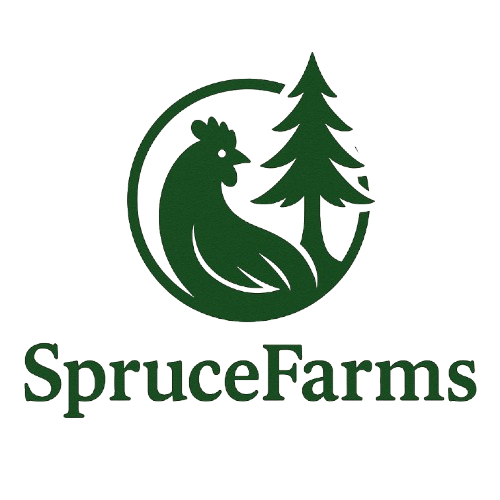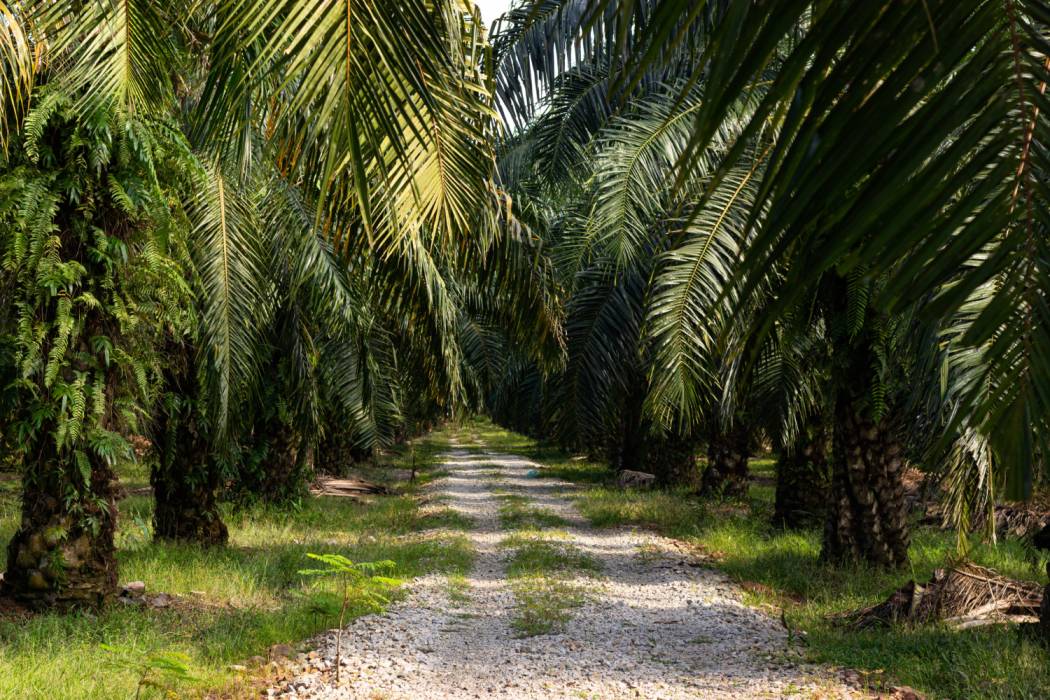Introduction to Palm Oil
Palm oil is everywhere! Whether you realize it or not, this versatile oil is found in many of our favorite foods, cosmetics, and household products. It comes from the fruit of the oil palm tree, which thrives in tropical climates. Learning about how palm oil is processed not only satisfies our curiosity but also helps us make informed choices. So, let’s dive in and explore the journey of palm oil from the farm to your home!
The Palm Oil Tree: Where It All Begins
Overview of the Oil Palm Tree
The oil palm tree, specifically the species Elaeis guineensis, can grow up to 20 meters high and produces fruit in bunches. Each bunch can contain anywhere from 10 to 30 fruits, each one packed with oil. Did you know that the oil palm tree produces more oil per hectare than any other oil crop? This efficiency is part of why palm oil is so popular.
Growing Conditions and Cultivation
Palm oil thrives in areas with rich, moist, and well drained soils. Countries like Indonesia and Malaysia are the leading producers due to their perfect growing conditions. However, the cultivation process isn’t just about planting seeds. Farmers must carefully manage the land, using sustainable practices to prevent deforestation and protect local ecosystems. I remember visiting a palm oil plantation once, and it was amazing to see how vast and lush the landscape was, filled with rows of these towering trees.
Harvesting the Fruit
The Harvesting Process
Harvesting palm fruit is a labor intensive job. Workers climb the trees to cut down the ripe fruit bunches and use knotted ropes to lower them. Each worker can collect up to several tons of fruit in a single day! The timing is crucial if the fruit over-ripens, the quality of oil diminishes, and that’s something farmers want to avoid.
Importance of Timing and Quality
The freshness of the fruit is vital for producing high quality palm oil. Fruits should ideally be processed within 24 hours of harvesting to maintain their quality. During my last trip to a processing plant, I was struck by how quickly everything moved harvested fruit was whisked away to the mill almost immediately. It’s all about keeping that freshness intact!
Processing Palm Oil
Mill Processing Steps
Once harvested, the fruit enters the mill, where it undergoes a few primary steps:
- Sterilization: The fruit bunches are steamed to stop spoilage and make it easier to extract the oil.
- Threshing: After sterilization, the fruit is separated from the bunches.
- Pressing: Next, the fruit is pressed to extract the oil, this is where things get a bit messy, but it’s also where the magic happens.
- Clarification: The extracted oil is then clarified to remove any impurities.
I found it fascinating to watch the machines that mechanically press the oil while still maintaining a focus on cleanliness! They take pride in their processes, ensuring high standards of hygiene.
Refining Palm Oil
After extraction, palm oil often goes through refining to remove color, odor, and free fatty acids. This process results in the clear, golden oil we’re used to seeing in the grocery store. People often ask if refined palm oil is healthy, and while moderation is key, it is indeed a good source of healthy fats and vitamins when consumed wisely.
Packaging and Distribution
Bottling Palm Oil
Once refined, the oil is bottled. Companies typically use clear, sturdy plastic or glass bottles to keep the oil fresh. It’s interesting to note that palm oil doesn’t have to be refrigerated, making it easy to store. When I see those bright yellow labels in the store, I can’t help but feel connected to the whole journey that brought it there.
Distribution Channels
Palm oil is distributed all over the world and can be found in many different products from food items like cookies and chips to beauty products like lotions and shampoos. Thanks to its versatility, palm oil has a massive global market. Sometimes, I find it rewarding to read labels and discover all the different places palm oil may pop up in my daily life!
Conclusion
The journey of palm oil from farm to bottle showcases not just the hard work of farmers and processors, but also the complexities of global food systems. Understanding this journey allows us to appreciate the products we use even more. The next time you pour a bit of palm oil into your cooking, remember the amazing journey it has taken from lush plantations to your kitchen. Let’s keep the conversation going about sustainability and ethical practices in palm oil production!

